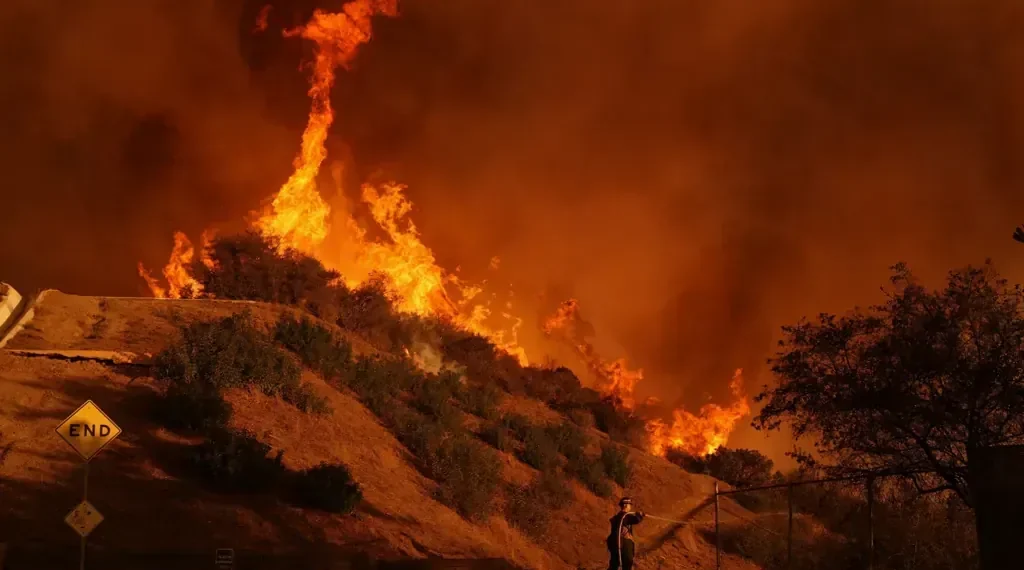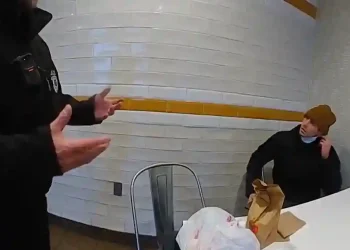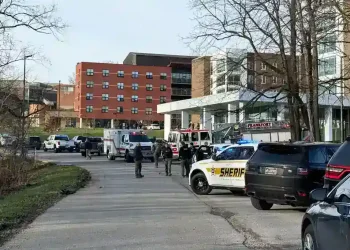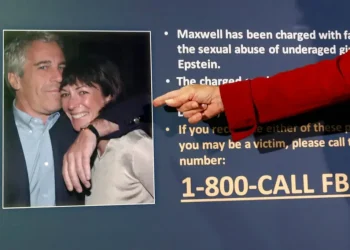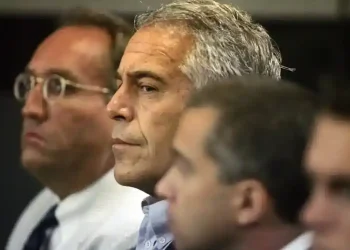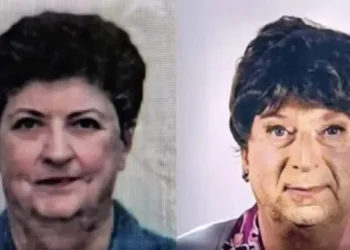A 29-year-old man accused of starting the deadly Palisades Fire, one of the most destructive wildfires in California’s history, has pleaded not guilty to federal arson charges.
Jonathan Rinderknecht appeared in a Los Angeles federal courtroom on Thursday after being extradited from Florida earlier in the day. Prosecutors allege he sparked a smaller blaze that later reignited into the massive fire that devastated communities across Pacific Palisades and Malibu in early January.
Federal Charges and Detention
During the hearing, a U.S. magistrate judge ordered Rinderknecht to remain in custody pending trial. His attorney, Steve Haney, requested bail, citing a lack of criminal history and arguing that court officials in Florida had previously recommended release. The judge denied the request, echoing earlier concerns from a Florida magistrate about the defendant’s mental health and reliability to appear in court.
Rinderknecht appeared in court wearing a white jumpsuit and at one point asked to speak, saying, “Can I actually say something about detainment?” before being directed to remain silent.
According to court records, Rinderknecht faces multiple federal counts, including arson affecting property used in interstate commerce and timber set afire. If convicted, he could face up to 20 years in federal prison. His trial is scheduled for December 16.
Origin of the Fire
Federal investigators allege that Rinderknecht ignited a small brush fire on New Year’s Day, known as the Lachman Fire, which burned underground before flaring up again nearly a week later. That flare-up allegedly evolved into the Palisades Fire, which raged across Los Angeles County beginning January 7.
The inferno killed 12 people in hillside neighborhoods of Pacific Palisades and Malibu and destroyed more than 17,000 homes and buildings. It was one of two major blazes that broke out that week, collectively leaving more than 30 dead and marking one of the deadliest wildfire events in modern California history.
Authorities described the Palisades blaze as a “holdover fire” — a fire that continued smoldering below ground before reigniting. A criminal complaint noted that Rinderknecht had made several 911 calls to report the smaller fire days before it flared up again.
Defense Argues Misattribution
Attorney Steve Haney disputed the prosecution’s theory, arguing that Rinderknecht is being unfairly charged for the larger Palisades Fire when he allegedly ignited only the smaller Lachman Fire.
“My client is being charged with a fire that started seven days after,” Haney told the court, adding that several “intervening factors” — including actions by the Los Angeles Fire Department (LAFD) — contributed to the later disaster.
Haney contended that firefighters failed to fully extinguish the initial fire, despite multiple emergency calls from Rinderknecht. The defense maintains that lingering embers in underground root systems may have reignited due to environmental conditions rather than deliberate action.
Officials Cite Deep-Rooted Fire Hazards
Fire officials have said such holdover fires can burn undetected for days beneath the surface. Los Angeles’ interim fire chief explained that underground fires can burrow 15 to 20 feet (4.6 to over 6 meters) deep, sometimes beyond the reach of standard firefighting tools and thermal imaging cameras.
“They had a duty to put the fire out,” Haney told reporters after the hearing. “I do think he’s a scapegoat.”
The defense plans to submit new evidence supporting Rinderknecht’s bail request, arguing that he cooperated with authorities and poses no flight risk.
Background and Arrest
Rinderknecht, who previously lived in the Pacific Palisades area, was arrested in Orlando, Florida, on October 7 by federal agents. He was staying at his sister’s home at the time. The following day, he made his first court appearance in Florida on a charge of malicious destruction by means of fire before being transferred to Los Angeles.
The U.S. Attorney’s Office for the Central District of California has not commented beyond confirming the charges and ongoing investigation.
Prosecutors allege that Rinderknecht acted alone, though they have not disclosed a possible motive. Officials said the Palisades Fire remains under federal review as part of a broader wildfire prevention and accountability initiative.
Wider Context: California’s Fire Crisis
California continues to experience an increasing frequency of catastrophic wildfires, driven by prolonged drought, high winds, and rising temperatures linked to climate change. The Palisades Fire’s devastation renewed debate over forest management, firefighting resources, and accountability in fire-prone regions.
The California Department of Forestry and Fire Protection (Cal Fire) reported that more than 1.2 million acres have burned statewide so far this year, a significant rise over the previous five-year average. Federal and state agencies have since launched joint task forces to address wildfire mitigation and early detection.
Next Steps
Rinderknecht’s legal team is expected to file new motions ahead of his December trial, including requests for bail reconsideration and potential challenges to the scope of federal charges. The court has not yet ruled on whether the smaller Lachman Fire and the subsequent Palisades Fire will be treated as separate or connected events in the indictment.
For the families who lost homes and loved ones in the blaze, the trial represents one step toward accountability in a state grappling with increasingly deadly fire seasons.
This article was rewritten by JournosNews.com based on verified reporting from trusted sources. The content has been independently reviewed, fact-checked, and edited for accuracy, neutrality, tone, and global readability in accordance with Google News and AdSense standards.
All opinions, quotes, or statements from contributors, experts, or sourced organizations do not necessarily reflect the views of JournosNews.com. JournosNews.com maintains full editorial independence from any external funders, sponsors, or organizations.
Stay informed with JournosNews.com — your trusted source for verified global reporting and in-depth analysis. Follow us on Google News, BlueSky, and X for real-time updates.
